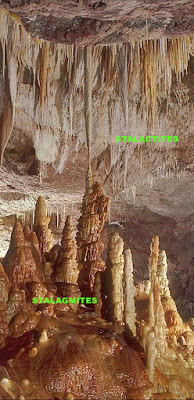I started my blog in May 2014. This past week, after six and a half years, the number of people reading my blog posts reached 100,000.
I taught geology/paleontology for over 40 years, and during that interval, I taught only a total of approximately 12,000 students. My blog has reached eight times more people.
Currently, I have 212 blog posts available for viewing. The topics range from ammonites to the gastropod genus Xenophora. Please use the Google Search engine link at the top of each of my posts in order to see if I have written a post about anything that interests you in the world of paleontology/geology.
Based on the records kept by Google, my all-time most popular post (it has three parts) concerns the geology/paleontology of Mt. Everest. I wrote them up back in late March, 2016. To access them, type in Mt Everest geology or Mt Everest fossils in the above-mentioned search box.
Some other of my most popular posts are:
Megalodon (largest shark teeth of all time)
Dimetrodon (an early mammal-like reptile)
Desmostylus (an extinct shallow-marine, hippo-like mammal)
St. Francis Dam Disaster in California (two parts)
Mystery Sand Spheres (original + two follow-up parts)
Eohippus (the first horse)
Sodalite vs. lapis (beautiful royal-blue minerals)
Campanile (largest snail ever, you have to see it to believe it)
I shall continue to write up my educational blogs and bring you up-to-date, straight-forward, reliable, and readable information.
Thank you all for your interest and support.











